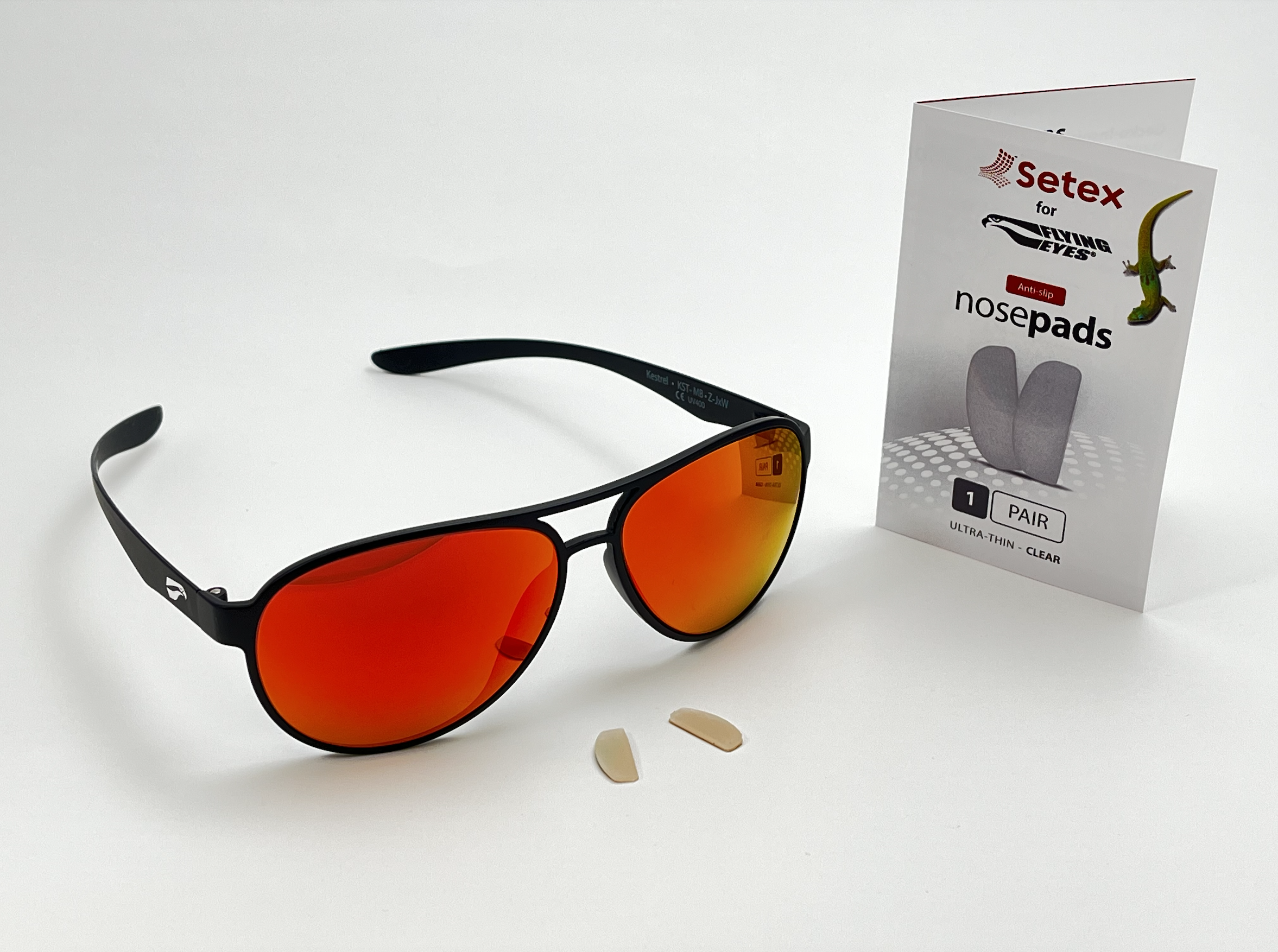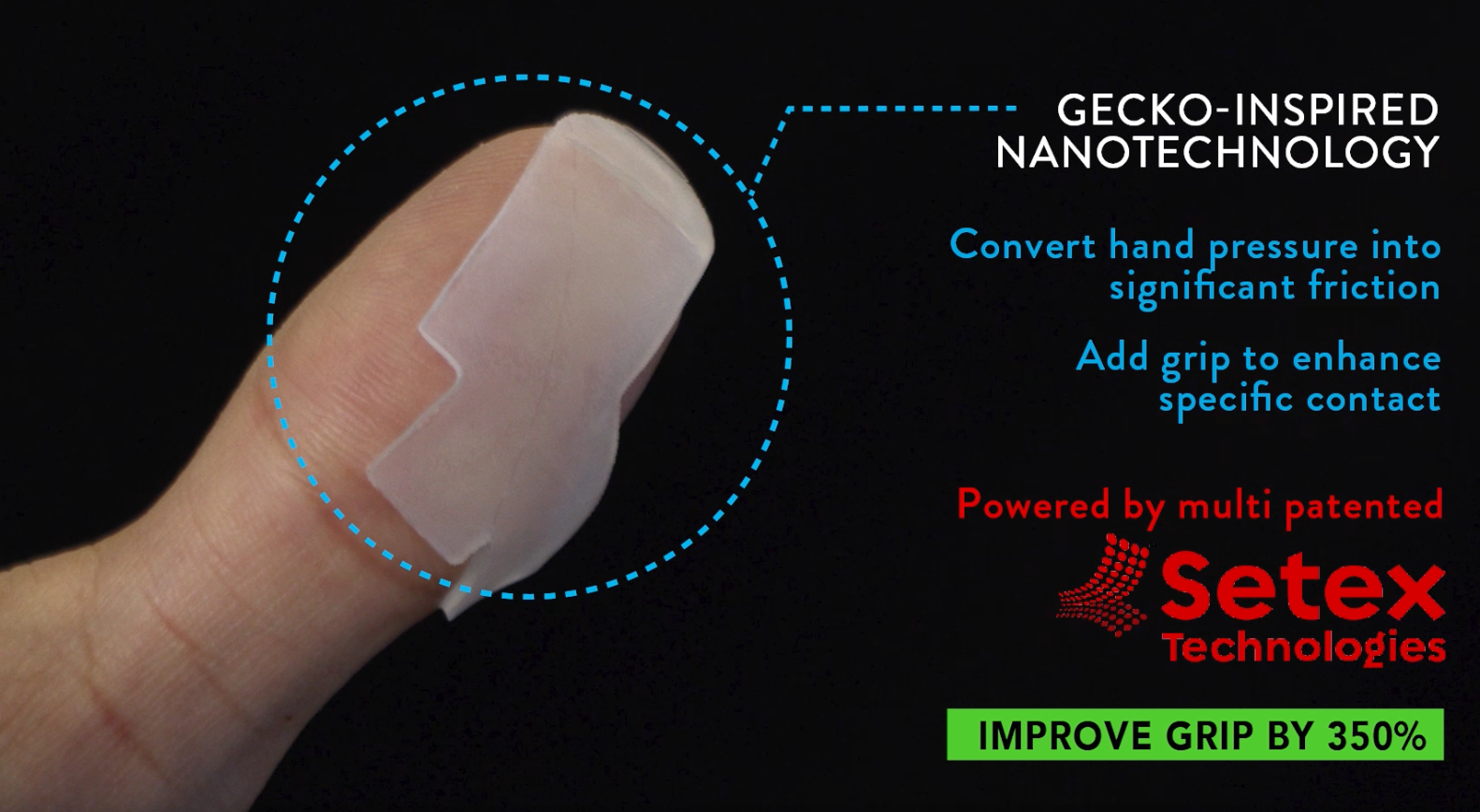by Pat Clarkson
One thing that took me a while to fully understand is that as an engineer, you will always be learning. If it was somewhere in the fine print on my degree I must have missed it. I know this is true for all professions, and life in general. But when I graduated college, I kind of thought that there’d be no more learning.
In reality, it’s one of the cooler things about engineering. Working for a startup really encourages you to be at the forefront of technology; no one would want to buy your innovative product if it was the same as what the established giants were selling.
I knew next to nothing about silicone when I stepped on the flight to California. I didn’t even know how to spell silicone! What was with that E riding caboose at the end? The first thing I had to learn, so I didn’t look stupid was that silicon is a naturally occurring chemical element, and silicone is a synthetic substance. Silicon is the 14th element on the periodic table, and the second most abundant element in the Earth’s crust. Silicone (notice the E!) is made up of chains of siloxanes. Siloxanes are basically silicon and oxygen bonded together in a kind of ring. More on those later!
One thing you have to understand about me is that chemistry makes me nauseous. If you failed chemistry as hard as I did, this all might be very confusing for you. If chemistry makes you as dizzy as it makes me, this part might be rough for you.
That’s why I was studying up, so I didn’t embarrass myself in front of all the industry professionals that we would be meeting. Really, we were kind of two fish out of water, two young, wide-eyed engineers from a small company. We were also basically as far west as you can get from Pittsburgh.
But it was never scary. Another thing you have to accept as an engineer who is constantly learning, is that you will be asking lots of questions. It doesn’t make you look dumb, after all, it’s not your fault that silicones are a huge industry. The incredible thing about this conference is that everyone was so very willing to answer our questions. Trust me, we had a lot of them, and I think we learned the most from picking the brains of some of the best suppliers and manufacturers in the industry.
First thing was first, I had to hit the beach. What’s that saying? All work and no play makes Pat a dull boy? I had never been to the beach in California, but I am a big believer in taking advantage of every opportunity that you can. Besides, 3000 miles of travel can be very stressful! Newport Beach was extremely picturesque, and I recommend checking it out.
The next day, it was learning time. On that very first day, at the very first presentation, I learned something huge. I thought silicone was this magic material, with no negative effects, that was revolutionizing the product design industry. I was partially correct. Silicone rubber is naturally very inert, because of the stability of the silicon-oxygen bonds. Basically, it takes a shit ton of energy to break those once they’re formed, and they don’t like to be broken. Which makes silicone great for things like medical implants, food safety, and skin care (winky face). Silicone is actually MORE stable at higher temperatures, it doesn’t melt like plastic would.
There are certain chains of siloxanes that are bad. There are 3 specific ones, d3 d4 and d5, that can be harmful if they are present in a silicone in greater than 0.1% by weight. It’s on the manufacturer to work with the material supplier to make sure these aren’t present in harmful amounts in the raw materials.
Silicone comes as two parts, part A and part B. When mixed together, and heated to a certain temperature, those two components together will cure, and by that I mean they will become solid. See that chemistry wasn’t so bad! More on parts a and b later. D3 d4 and d5 are natural impurities that are present from the formation of the siloxanes, and the US is still investigating the long term effects of these on the environment.
In large-scale manufacturing, part a and b are mixed together, injected into a mold, and the mold is heated to the cure temperature. This is actually the opposite of plastics manufacturing in a sense. In plastics manufacturing, the material is heated first, so it can melt, and then injected. Since silicone is naturally a paste at room temperature, it is injected, and then headed to cure it!
An incredible use for silicone is micro molding – which literally means molding parts that are less than 1g in weight. This has a lot of use in the circuitry industry, making small connectors for circuit boards. It also has a lot of use in the medical industry – I know, because a ton of the presentations were geared towards the medical industry.
Another industry that’s really coming around to silicone is the automotive industry. Optical Silicones are used frequently in modern headlight technology, and by this I mean silicones that are optically clear. Most adaptive driving headlights, where certain parts of the beam are turned off depending on where an oncoming car is located, are made from optical silicone.
Silicones are commonly overmolded. This is where you have silicone molded directly over top of another material. This is common in the healthcare industry. Also in the optical industry for silicone screw-in nose pads. Overmolding is only successful if the silicone is able to chemically bond to the surface it is being molded to. Otherwise, the silicone and the other material would just pull apart!
There were four highlighted ways to do this: The first was pyrosil, where the surface was treated with a gas flame – effectively burning the surface to add SiO2 (silicone dioxide) to increase the adhesion ability, and form chemically reactive sites on the surface. The second was a plasma treatment, where atmospheric plasma is blown onto the substrate and creates mainly oxygen-based molecule radicals. The third used short wavelength UV photons to crack the surface molecules. The last was a primer method, which causes chemical activation of the surface.
At this point, we were starting to wonder if we should take a little mental break and find an In-N-Out Burger near us. But we stuck around and ate catered lunch in the fine California sun on the hotel veranda.
Many silicone suppliers like Shin-Etsu, Elkem, and Wacker were very open to getting to know us. Remember what I said about everyone being very nice? We were lucky enough to dine with some people from the industry, later that night, who just a day ago had been total strangers.Any industry event like this can be intimidating, because it seems like everyone knows each other. But that doesn’t mean they’re closed off to meeting new people too.
All LSR’s don’t cure the same, but have the same general curing system. One thing that silicones need is what’s called a “cure time.” This is how long it takes to fully cross-link the chains of siloxanes. Incompletely or improperly cured elastomers are 8/10 FMEA contributing factors of failure in this category. Improper cures can come from an error in mixing the correct amount of part a and part b – known as “dosing.” An improper mixing ratio can cause the product to have an inconsistent state of cure. Colorant is introduced as a third component to the “dose” and can have its own courses of error. Being precise, and having all your bases covered when mixing these two parts is something that everyone takes very seriously.
Fine, I’ll admit it. After the second day of conferences, we went to the beach again. If you ever want to feel famous, try standing on the beach at 6pm when the shadows are long and the tide is receding. I would be remiss if I didn’t learn something at dinner that night too, and it was that the swordfish I was eating for dinner was caught in the very Pacific Ocean that I was staring at and feeling famous!
The next day, the trip ended with a tour of the Arburg facility. Another thing about engineering is that it is always more helpful to see something actually done, once you’re done learning about the theory of it all. So when we saw the beautiful Arburg machines going to work pumping out some small silicone parts, it was like all the silicone talk finally came together in my brain. Kind of like how the silicon and oxygen atoms were coming together when part a and part b were being mixed together in the Arburg machine, and injected into the molds.
So what was the point of reading this post? If you’re a chemistry fan, a silicone-seaker, or just like to learn about other people learning things, then maybe it was a fun read. If you’re hopping around the Setex website, you might be wondering why you read this blog. Especially because Setex doesn’t have any silicone products out there.
Yet.
But I’m sure, as sure as I am that silicon and oxygen are staying together, that we will have plenty of silicone products coming very soon!

